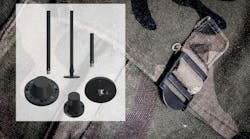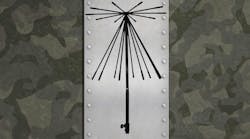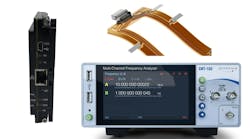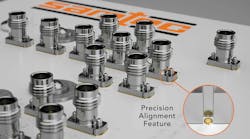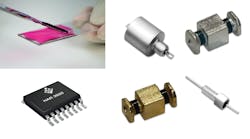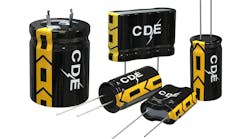Microwave cable assemblies are often taken for granted and subjected to various types of abuse that reduce their performance and operating lives. At lower frequencies, this can be tolerated somewhat more easily, since cables and connectors are larger. But that’s not the case at millimeter-wave frequencies, which require smaller and typically more fragile cables that will not tolerate abuse.
The cellular industry, having operated below 3 GHz for its entire history, is about to exploit the spectrum between 28 and 100 GHz. In addition, the U.S. Department of Defense (DoD) has ramped up spending to counter threats from electronic warfare and radar at higher millimeter wavelengths. Consequently, there will be more millimeter-wave activity than ever before, so it’s a good time for a refresher about the care and handling of these vital components.
As high-level integration combines various functions in a single package or board, it’s likely that fewer microwave interconnects will be required at these frequencies. But there will still be a need for flexible, semi-flexible, semi-rigid, and other cable variants to connect subsystems even in devices like small cells. Also, every component and system operating at these high frequencies must be tested, so designers who haven’t yet experienced millimeter-wave measurement challenges will soon confront them.
Tackling Test Equipment
The test-and-measurement environment is one of the few that always places great importance on careful use and maintenance of cables, connectors, and assemblies (though it has not always been adhered to). Because measurement uncertainty is the bane of measurement systems, such attention to detail has been essential. Cost is another motivator due to precision vector-network-analyzer (VNA) test cables being so expensive. The same scenario applies to all types of interconnects used at millimeter wavelengths, as they are precision-machined, delicate instruments.
For example, the PE3TC1220 family of 110-GHz test cable assemblies from Pasternack are typical of those designed for use with VNAs and semiconductor probe testing (Fig. 1). They have male 1.0-mm connectors at each end and are armored with Nomex for protection. Insertion loss at 110 GHz is 5.6 dB or less, typical VSWR is 1.5:1, and one-time minimum bend radius is one inch. The connectors have beryllium copper, gold-plated bodies and passivated stainless-steel coupling nuts. The assemblies are available in 6- and 12-in. lengths.
